I know the summation equation for two or more resistors in parallel or series, and I know two parallel resistors will give more power.
But sometimes I saw some circuits that used two resistors in series, and I am wondering why that method was used and why they didn't use one resistor with a higher value (equal to total series resistors)?
Such as the following circuit diagram, two 33 kΩ resistors used in series. So why doesn't it use one 68K resistor?
Give it better results? I mean, noise filtering or something else?
Note: This circuit is an AC dimmer for a microcontroller.


